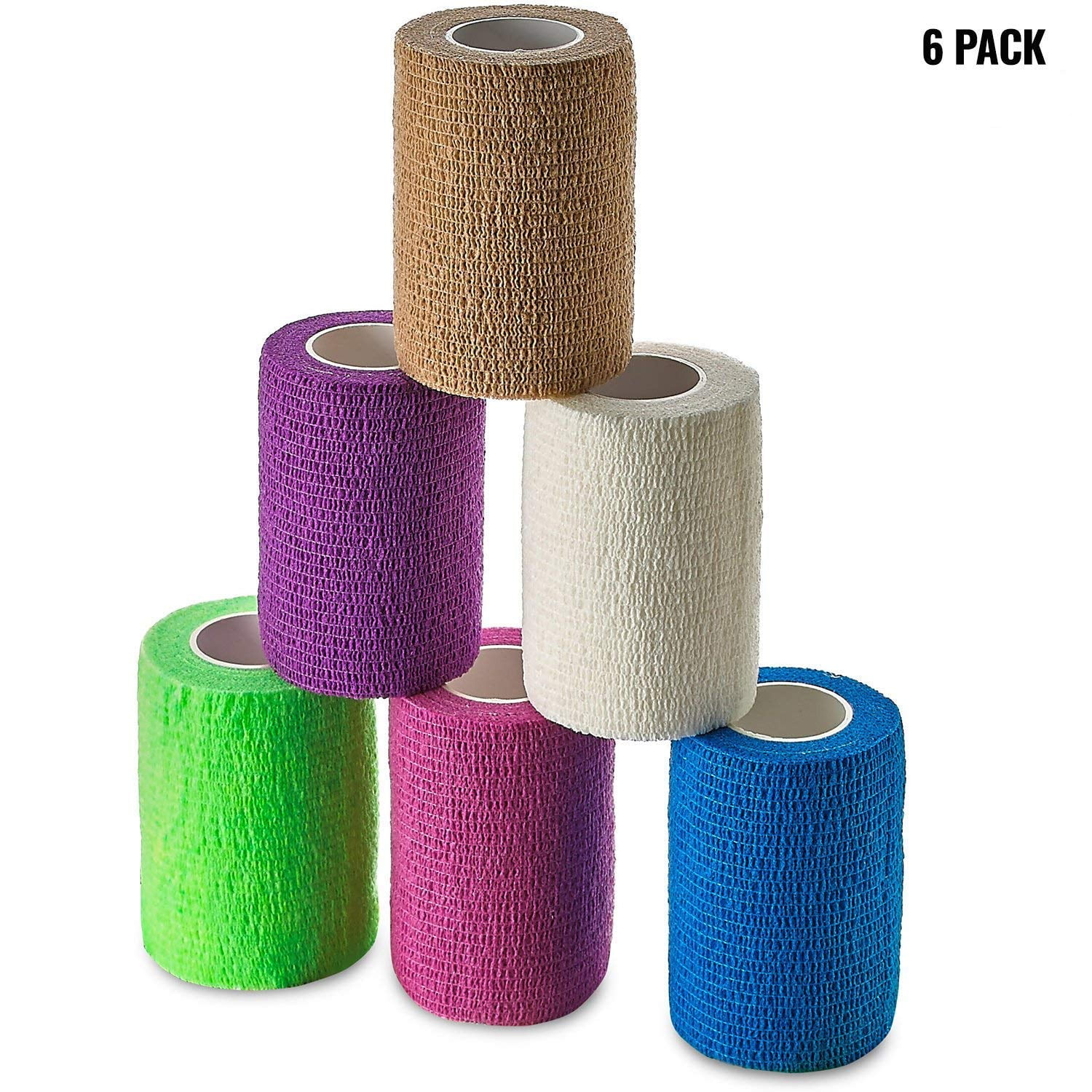

Support and stability: If you have a condition that requires a specific joint to be held in place, kinesiology taping may be right for you.It can help decrease nociceptive input to the brain which can help decrease muscle guarding and protective spasms. Inhibition and pain management: Kinesiology tape can be used to help decrease pain and muscle spasms that may occur after injury.This can lead to normalized muscular tone and can also help improve athletic performance. Facilitation: Kinesiology tape can be used to help improve muscular firing and contraction patterns.

It is also used to treat superficial bruises.
Athletic tape skin#
It helps to lift skin and tissues off of sore muscles and trigger points. The "lift" strip: Commonly referred to as the Band-Aid, this strip is often used to support injured tissues or to treat muscle knots or trigger points.It is commonly used in lymphedema management or for superficial contusions and swelling. The "fan" strip: This type can help control swelling of your leg or arm.The "Y" strip is typically not as long as the "X" strip. It is also commonly used for applications to control the position of your kneecap as in patellofemoral stress syndrome or a subluxing patella. The "Y" strip: This strip is used to cross sensitive areas of your body such as behind your knee or in the front of your elbow.This strip is commonly used to facilitate your hamstrings, which cross both your hip joint and the back part of your knee joint. The tabs of the "X" strip cross over sensitive areas such as the back of your knees or front of your elbows. The "X" strip: This type is used when kinesiology tape is needed to cover a large area or cross multiple joints.It can also be used on your low back and middle back to help you maintain proper posture. They are often used to facilitate your rotator cuff, gluteus muscles, quadriceps, or Achilles' tendon. Typically "I" strips are used to support muscles, tendons, and ligaments. The "I" strip: This shape can be used to make the other types of strips below.For those with latex allergies, be sure to use a hypoallergenic latex-free tape to prevent skin reactions. Tape application should be done by an athletic trainer or other health professional. Do not attempt to replace athletic tape with duct tape or another highly adhesive tape or product. Athletic tape can decrease circulation and could result in further injury.

Athletic tape professional#
You should never use athletic tape without first consulting with a health professional or physical therapist. Athletic tape is also available at many chiropractor offices and physical therapy locations. Common brands include Zonas, Cramer, and Johnson and Johnson. Athletic tape is more costly than all-purpose tape. You also can buy athletic tape in smaller quantities at local sporting good stores and drugstores. You can buy athletic tape online in bulk through sports medicine distributors such as Collins Sports Medicine, Cramer, Meuller or Medco. Kinesiology tape or kinesio tape, is a popular waterproof tape used by Olympic swimmers. Elastic tape can be non-stick or self adhesive, and it can come in different tensile strengths.Īthletic tape is not usually waterproof, but you can order special tapes for water-based sports. Elastic tape is more stretchy and allows for greater movement during sports activity and increased circulation and blood flow to the area for pain relief. You often use elastic tape on muscles or over larger areas of the body. Elastic tape offers less support and is more giving than white tape. Elastic tape comes in widths ranging from 1/2 inch to 6 inches. Non-elastic tape is porous, and you usually use it to support and stabilize injuries to joints and bones. Nonelastic white tape usually comes in widths of 1/2 inch, 1 inch, 1-1/2 inches and 2 inches. Patricia Chumillas Rodriguez/iStock/Getty ImagesĪthletic tape can be elastic and inelastic.


 0 kommentar(er)
0 kommentar(er)
